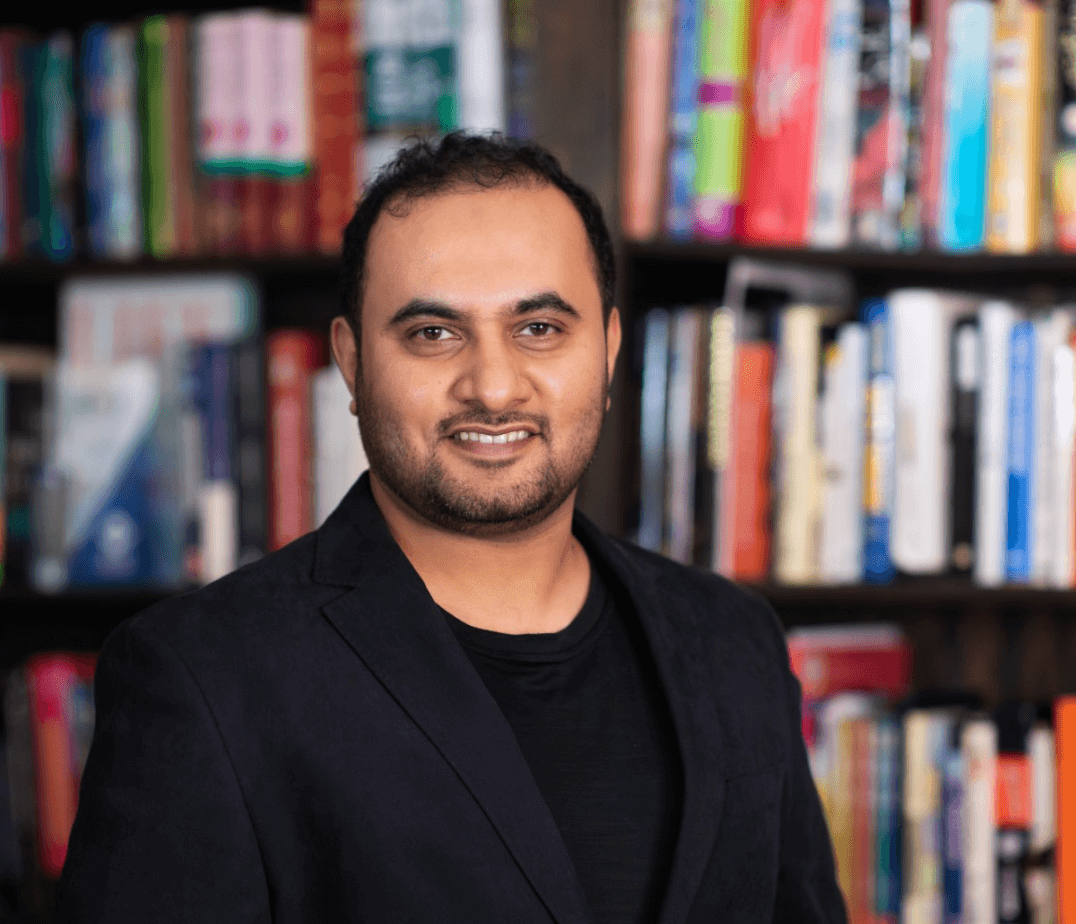As an AI researcher and practitioner deeply embedded in the healthcare and life sciences sectors, I see the passage of California’s SB 1047 as a complex issue with significant implications. This controversial bill, now heading to Governor Newsom’s desk, represents a fundamental misunderstanding of AI as a general-purpose technology. It attempts to regulate the technology itself rather than focusing on specific, problematic applications.
It goes without saying that AI is not a monolith – but a versatile tool capable of numerous applications—from driving diagnostic tools in hospitals to powering chatbots in customer service. However, SB 1047 does not seem to distinguish between these vastly different use cases. It broadly imposes liability on AI developers, assuming they can predict and control every potential use of their technology downstream. This is not only unrealistic but stifles innovation by placing undue legal burdens on developers who are often far removed from how their tools are eventually used.
Consider this analogy: regulating AI in this manner is like holding a scalpel manufacturer liable for every possible use of their tool, whether it’s for life-saving surgery or a criminal act. It’s absurd to regulate the scalpel itself rather than its specific, potentially harmful applications. This approach would be like requiring all scalpel manufacturers to install a “safety lock” to prevent any misuse, regardless of the context in which it’s used. Such broad-brush regulation will chill innovation, deter investment, and create a maze of compliance that many developers, particularly smaller startups and open-source contributors, simply cannot navigate.
Our UST AI survey reflects this concern. A whopping 90% of respondents acknowledge the need for some level of regulation. Still, there is a fine line between regulation that ensures safety and one that throttles innovation. The risk here is over-regulation—laws that are too broad, too vague, and too onerous, resulting in a stifling effect on the open-source community and academic research. Open models have been crucial for advancing AI safety and encouraging competition. By raising compliance costs, SB 1047 threatens to shut down this vital avenue for innovation.
The healthcare and life sciences industries in particular stand to lose significantly if SB 1047 becomes law. AI is a transformative force in these fields. It drives innovations such as predictive analytics for patient care, AI-enhanced imaging techniques, and personalized medicine. Each of these applications involves complex, data-driven models that evolve through continuous learning and iteration. The fear is that such a regulation will force developers to operate defensively, slowing down or halting the open sharing of AI models and algorithms crucial for medical advancements.
The “kill switch” requirement in SB 1047 stems from hypothetical risks rather than real-world challenges, especially in healthcare, where AI models must be robust, accurate, and continuously evolving—not subject to abrupt shutdowns driven by unfounded fears. This could drive AI innovation into silos, reducing collaboration and oversight from academic and open-source communities. Now Governor Newsom faces a choice: address valid concerns about unchecked AI development or avoid over-regulating a transformative technology. We need targeted regulations focusing on specific, tangible risks, not broad punitive measures that stifle innovation.
I believe that the regulation should promote an environment where AI can advance healthcare, not hinder its potential to improve patient care and medical science. Thoughtful, precise regulation that recognizes AI’s diverse applications is crucial for its future in healthcare and beyond.
Editor’s Note: Adnan Masood, PhD., is the Chief AI Architect at the global digital solutions company UST. Engineer, researcher, and a forward thinker who is passionate about developing highly innovative breakthrough technologies. Adnan strives to bridge the gap between cutting-edge academic research and industry. He was previously the regional director at Microsoft and is a visiting scholar at Stanford University’s School of Engineering.
